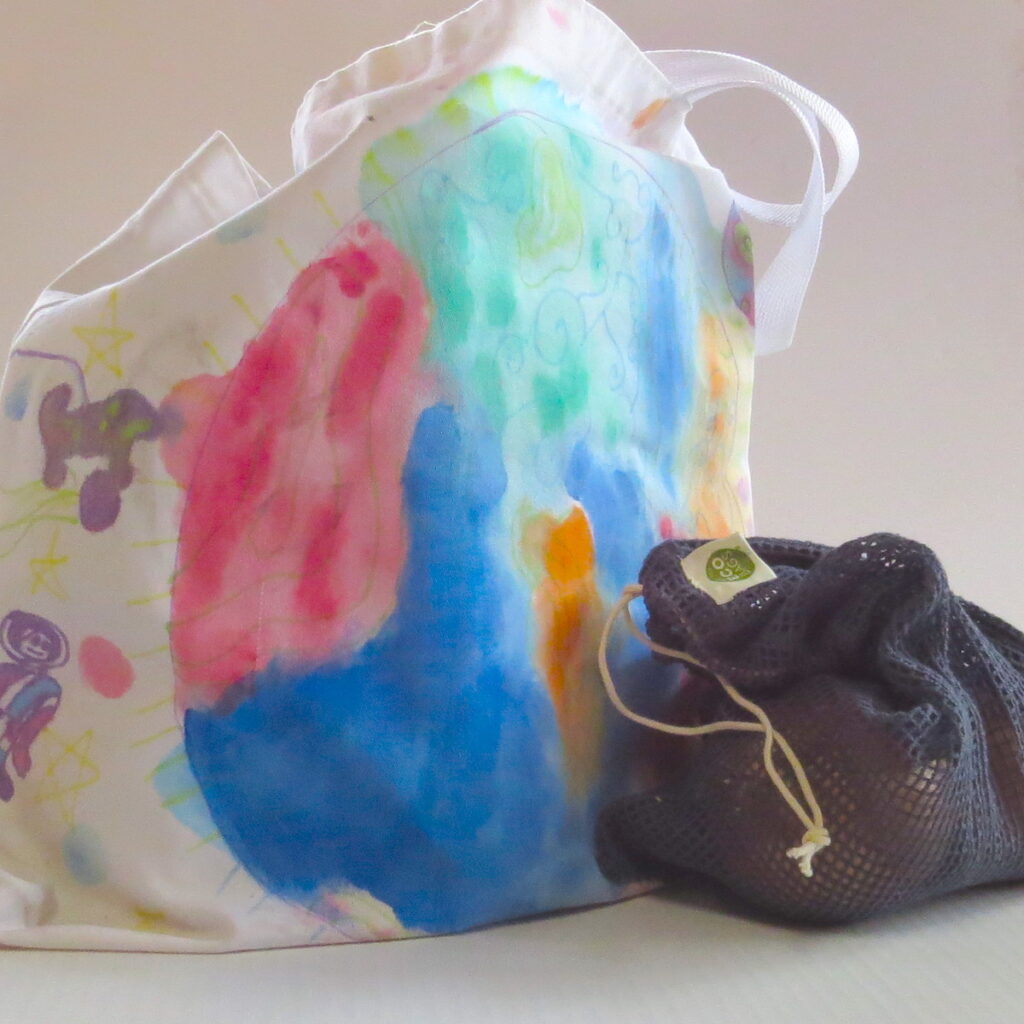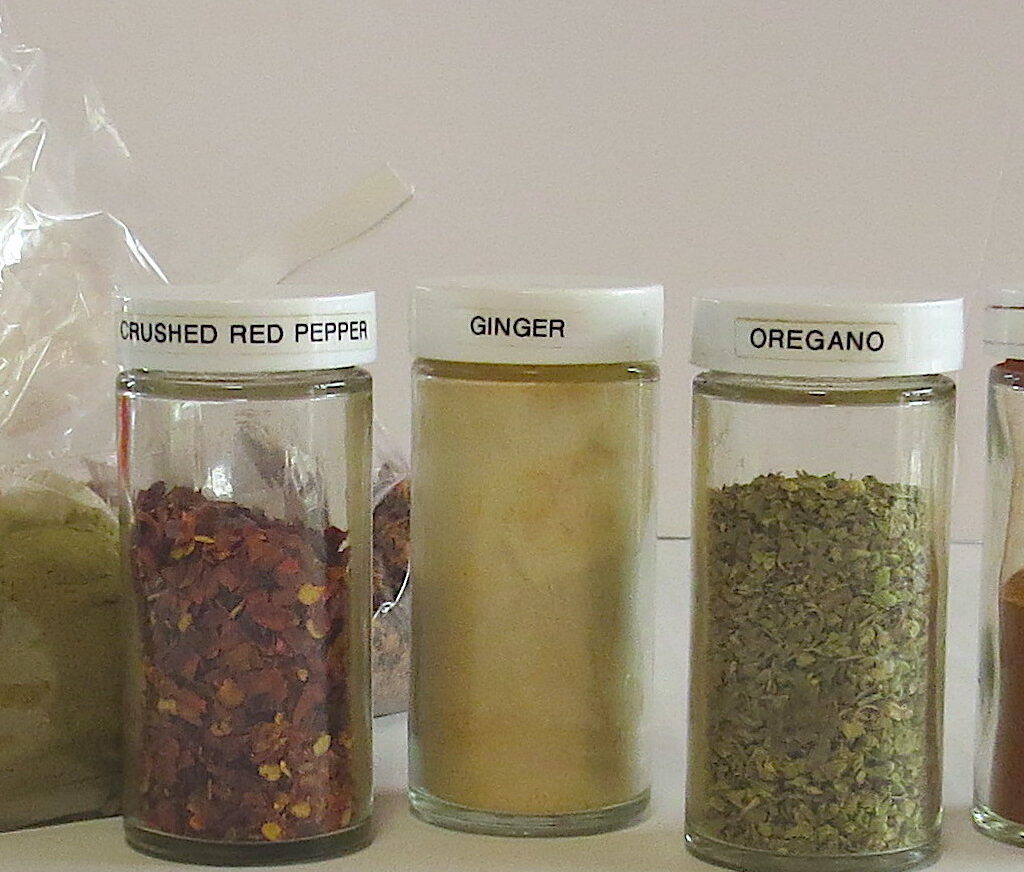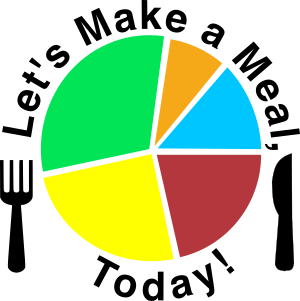Rather than making New Year’s Resolutions, I set goals if I’m truly committed to the idea and create plans to reach them. One goal that has become an ongoing idea/challenge/thought: What can I do better for our planet?
I’m always looking for ways to be more eco-friendly – how can I reduce our family purchasing? How can I use less plastic? How can I reuse what we already have?
In recent years I have started to seek out and buy clothes made from organic materials, stopped buying things like juice boxes and disposable water bottles in favor of using reusable bottles for drinks, looked for more items at thrift stores rather than buying new (second-hand is a great way to go for kid’s bikes, shoes, crafts, and clothes especially) and as I shop for things I must have or replace, I am seeking out an eco-friendly option first.
I won’t change the world overnight, but little by little, I can do better. Little by little I can share what I find and encourage others to do the same. Little by little I can show my daughter that she can help the planet as well.
I hope this gives you some easy ideas to take on for yourself. I have more ideas under the “Recommended” section, see: “Eco-Friendly Shopping.”

- Buy less and reuse. The more we buy, the more industry has to churn out products and packaging. Of course, we need to buy food, but all the gadgets, etc. Resist the impulse to buy anything new unless you find that you really need it and it will be used often. And instead of buying single-use products (water bottles, baggies) buy a reusable water bottle, get some reusable snack bags (way more fun and easy to clean), use cloth/canvas shopping bags, and look for other reusable products that fit your needs. I now use rags when I clean, instead of paper towels. This is a great way to reuse old towels and t-shirts that are beyond donating status. When they’re dirty, they get tossed into the laundry.
- Buy used or share. In America, we have lots of resources for purchasing used goods: Craigslist, Facebook Marketplace, eBay, garage/yard sales, and thrift stores. Get to know your thrift stores, you’ll start to take note of the good ones for kitchen items, clothing, and shoes. I have one friend that has a breadmaker and another with a crockpot. I know I can reliably borrow these if needed.

- Buy in bulk. You might have to explore your local markets to find items in bulk, but it’s worth it. When buying spices, this is especially true. Spices lose their potency after six months or so and they are expensive. Also, it’s discouraging to try a new recipe, when it’s $5 for a bottle of a spice you may never get through. I have spice bottles that I happily refill as needed.
- Buy eco-friendly products. We all need soap, paper goods, and clothes and there are earth-friendly options for all of those. For example, I started buying and looking for clothes that are made with eco-friendly practices and materials. The Good on You App and website were helpful to learn more about what to look for and brands to shop. I also found a great, economical laundry detergent that uses sheets and comes to me in simple paper packaging. No more big plastic bottles! (NOTE: See more here-link to recommendations.)

- Ditch the plastic. Plastic containers for storing leftovers are lightweight and cheap, but not good for anyone in the end. You don’t have to look far (in any Google search) to find out why plastics are terrible for people and the environment. This article from National Geographic gives you a great and horrifying overview all about plastic. Here’s just one quote: “Every year, about 8 million tons of plastic waste escapes into the oceans from coastal nations. That’s the equivalent of setting five garbage bags full of trash on every foot of coastline around the world.” Let’s not forget that many of these places then have to contend with the plastic pollution and don’t have the infrastructure to deal with it.’ What to do? For one, look to replace your plastic storage containers with glass, stainless steel, or other eco-friendly materials. Buy differently. Support companies that work to reduce their carbon footprint and avoid those that don’t. (For some of the worst offenders in plastic pollution, check out this article and infographic from Statista.com.) Look for eco-friendly alternatives to packaging. I just bought night-time face cream that comes in a tube made from sugar cane! Amazing! AND I bought it at Target. How did I find it? I was looking for eco-friendly products.
Bonus idea: Bring your own containers to restaurants for leftovers. One of my friends is so good at this. As we head back (hopefully) into a world where eating “out” is normal again, this is top of my list. Yes, my glass dish will be heavy, but those polystyrene clamshell take-away boxes are not worth the convenience.
Brave bonus: I have been coloring my hair for 25 years and I am done! I knew that at some point the hair color had to go, but there were two things that tipped me over the edge. One: the long salon appointments. Yes, I could do it myself, but I don’t enjoy it and it still takes time. I switched years ago to more organic products so it was gentler to my hair, but it’s still dye that doesn’t need to go into our water system. Due to the longer application time needed, my hair appointments got to be four hours long. That’s time I want to spend with my family. Second: a friend posted about going grey with the hashtag #grombre. I searched that hashtag on Facebook and was so inspired! I knew it was time. I am fairly vain about my hair, so I am working with my stylist on a gradual process. Another six months and all of my hair should be free of dyes or chemical processes. It’s like being liberated!
Our society is geared towards convenience, not necessarily what’s good for us. But with little steps, every day, every year we can change the world!
For more eco-friendly shopping ideas and tips, follow me on Instagram, Facebook, and Pinterest.

